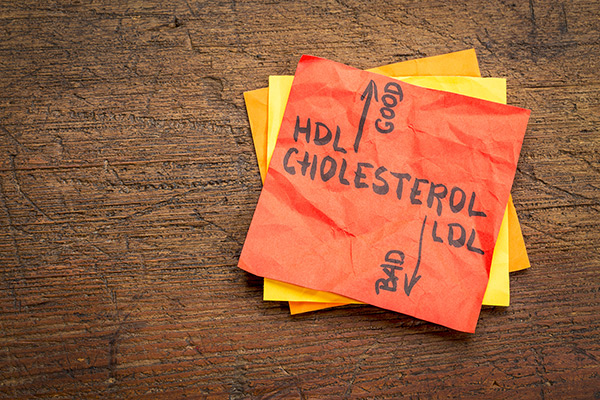Relaxing is better than you think.

The practice of yoga appears here to bring yet another ancient formula of benefits for the body and mind. In this specific case, it is conducted relaxation, known as Yoga Nidra.
And what is so special about this technique?
It works directly on the nervous system, allowing the general functioning of the body to rest. When done after a yoga class, this technique stores all the energy stimulated by the practice to be used in other activities of the day.
Little known but effective, you can find in the final relaxation of your yoga class the equivalent of hours of good sleep.
It is worth trying, as the practice of Yoga is not limited to difficult postures, long holds and intense stretching. This ancient technique of “yogic sleep”, as it is translated, leaves your mind in a much calmer state than you are used to. And your health piggybacks on that state and benefits you in a surprising way. The effects range from alleviating stress to increasing the level of dopamine, which is great for your brain.
This relaxation practice also acts as an ally of sleep. That is, it restores those sleepless nights. What happens is that, although your body is relaxed during Yoga Nidra, your mind remains conscious at all times. It can be said that it is a self-conscious, sleep technique.
It is very similar to meditation. You keep your mind alert and your body as tense as possible. To start, just believe and surrender.
A yoga instructor will guide your breathing and recite words of relaxation guiding you “inward”, encouraging you not to sleep while in Yoga Nidra.
You can’t see it, but a neurological revolution is taking place at the moment of your relaxation. Your brain understands that your body is sleeping, but your mind is conscious and clear. The result of this is a great relief for hyperactive people, reducing the rates of stress, tension and anxiety, making your days more humorous and light. At the end of the session, symptoms such as back pain, depression, rheumatoid arthritis, insomnia, post-traumatic stress disorder and type 2 diabetes can be improved.
Remember that, as tired as your body is, you should not use Yoga Nidra to sleep. It is important to stay awake and alert. And don’t worry, this technique is accessible to everyone. It is one of the easiest yoga practices and does not require anything, just that you lie in ‘Savasana’ (lying down). Ready to start?


